One of the most worrisome times of the year for managers is when it comes time for the annual team engagement survey. This is the time they get the feedback on how the team view their leadership, team culture, team satisfaction etc. Bonuses and developing new workplans to improve performances are also tied to the results of these surveys. Therefore, a lot is at stake for most managers and their teams.
We have found out that if managers incorporate the following strategies into their toolkits – their team’s performance will flourish and guarantee high results every time. Thereby, eliminating the need to worry when it’s time for this survey.
- Treat your staff like adults.
Team members are tired of being mothered by management. Since they have all the resources they need to do their jobs successfully. Therefore, why are so many managers still hovering over their staff? Many of these team members have a family, their own businesses, and side hustles that they manage quite effectively without supervision. Yet at work they are being micromanaged as if they lack the skills needed to do the job correctly. Stop micromanage your team, it builds up resentment. Instead, create an environment that fosters effective and timely feedback from your staff. Loosening the reins will indicate to the staff that you trust them – and this in turn will allow them to trust you more.
If your team is new and lack the requisite skills – then working closely with them on high priority projects for a given period is understandable. And if this is the case, then provide the means to upgrade their skills, and implement the necessary policies and procedures to guide them in the right direction.
- Value staff input
Leaders and managers are entrusted with the responsibilities to help develop, communicate, and execute the vision of the organization with the support of the general staff. However, this does not exclude the input of the staff. In fact, if a new process or system is being implemented – the managers should make allowances for the input of the staff. They are oftentimes the end-users and the ones facing the customers not the leaders. Therefore, since they are getting real time feedback from the customers, they are in a great position to inform you on what might work, what is working, and what can be changed to improve the efficiency of the organization.
A great way to garner their feedback is via a Town Hall meeting – or provide a form for them to fill out anonymously or openly. If they have no suggestions – that’s okay. By giving them the opportunity to share their ideas, shows that you value their opinions. And if they do have suggestions, implement them if possible – if not, explain to the staff why some of these suggestions were not feasible. This has been a proven strategy to foster buy in and increase staff engagement.
- Recognize staff contribution.
Managers should find creative ways to recognize their staff contributions based on their preferences. Some individuals like public recognition where they attend a ceremony to collect an award – as well as their pictures taken and shared publicly. While others are quite content on getting a handwritten note, card, or a five-minute phone call from the manager. The key is for the manager to know his/her staff so that the right recognition can be tailored. This shows that you care – and that you value individuality as well as diversity. Identifying and managing this delicate balance is a key factor in maintaining a high staff engagement.
- Express gratitude
Successful managers find ways to incorporate gratitude into their interactions with their staff. This builds team morale – since you openly express your appreciation for their time and talents. If you are manager who does not practice sincere gratitude – because you think their pay should be enough. You are on the wrong path, and you need to make a U-turn. People have various reason why they work, and money might not be the number one factor. Therefore, in addition to paying your staff well – you should thank them as often as you can. This goes a long way in how they execute their job functions and support the company objectives. Try thanking your staff as often as you can and watch how the complexion of your team change for the better.
- Listen to your staff.
Managers are guilty of talking over their employees and not allowing them enough time to express their concerns or suggestions. Take your sessions with your staff seriously – the quality and quantity of information from these sessions are invaluable. You might be meeting your productivity goals – but is your staff happy? Aim to listen during your one-on-ones with them and take their comments and feedback seriously. There is no better feeling to employees than to see suggestions they made implemented and is working well. Therefore, managers should aim to include staff members suggestions and ideas as much as possible – since this makes them happy. Numerous research and feedback from team members indicate that a happy staff equates to a more productive and engage workforce. It also reduces absenteeism as employees are anxious to work because they feel valued and included.
- Give equal opportunity.
Do not be that manager who play it safe by consistently assign new projects and assignments to the same individuals. They are several reasons why managers pursue this type of delegation of tasks. Chief among them is that they trust these individuals to get the job done correctly and on time. However, the staff is watching, and this might be viewed as favoritism. To combat this perception, give them the opportunity to learn new skills and develop latent talents – so that they too can be trusted and considered for projects as well. For you to grow your team must grow. Therefore, getting staff members involved in projects that are consistent with their goals, values, and skills – will increase their engagement and your pool of candidates for projects and assignments.
- Practice effective communication
Effective communication is one of the hallmarks of a successful and productive workforce. This is true for any organization as well as personal relationships. Humans are designed to communicate and the better we are at communicating the stronger are our relationships. Apart from being an effective communicator – the duty of the manager is to optimize the flow of communication. Communication flows downward, upward and horizontally, this often happens at a rapid pace. Therefore, the successfully manager will streamline communication so that who needs to know what, gets that information on time through the correct medium. If not, you run the risk of have causing damages that are costly to organization, as well as dampening team morale due to the lack of clear communication. Getting communication right – imbues confidence in the manager from the staff. The employees’ engagement also increases due to less frustration and confusion on how information flows throughout the organization.
In concluding, I would like to implore you to incorporate these strategies into your manager’s toolkit and you will not be as anxious when it is time for your next team engagement survey.
What are some of the strategies you use to increase and maintain your team engagement?


